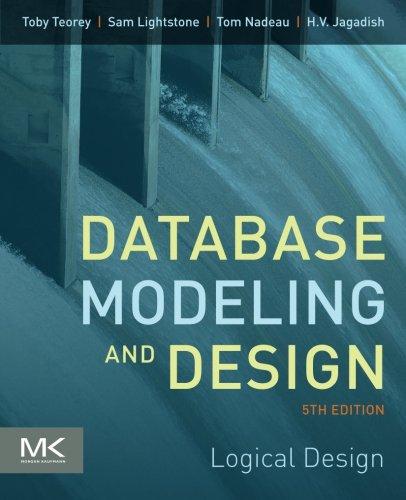Question
The objective of this project is to emit instructions for cond, switch, while loop, do loop, for loop. Assume that all variable identifiers are globally
The objective of this project is to emit instructions for cond, switch, while loop, do loop, for loop. Assume that all variable identifiers are globally scoped throughout the program. Use the following additional instructions:
| ifF goto label | pop the top of stack; if its value is false, goto label |
| goto label | unconditionally goto label |
All labels must be positive integers. Integer labels need not appear in sequential or even increasing order in instruction streams, but the same label must not appear at two or more locations in any instruction streams. Description of Intermediate-Code Operational Semantics The following intermediate-code operational semantics is to be used for compilation.
conditionals
if (B) S code to evaluate B ifF goto Out code for S Out: if (B) S1 else S2 code to evaluate B ifF goto Else code for S1 goto Out Else: code for S2 Out:
switch
switch (E) {case_list} The exclusive-case semantics is to be implemented. Let L1, , Ln be the labels in case_list, S1, , Sn the corresponding statement lists, Sd the statement list in the default case.
code to evaluate E pop x push x push L1 eq ifF goto A2 code for S1 goto Out A2: push x push L2 eq ifF goto A3 code for S2 goto Out ... An: push x push Ln eq ifF goto Ad code for Sn goto Out Ad: code for Sd Out:
You may assume that the labels L1, , Ln are all distinct and the default case appears at most once. Note that the default case may appear in any position, but this does not affect the exclusive-case semantics. Note also that the default case may be absent. The above operational semantics has a different control flow from the one described in Course Notes #7, and should be easier to implement. (Of course they have the same overall effect of execution.) while-loop
while (B) S Loop: code to evaluate B ifF goto Out code for S goto Loop Out:
do-loop
do S while (B) Loop: code for S code to evaluate B ifF goto Out goto Loop Out:
for-loop
for (assign1; B; assign2) S code for assign1 Loop: code to evaluate B ifF goto Out code for S code for assign2 goto Loop Out:
Instruction emission is to be implemented by the function emitInstructions() in classes representing parse trees. Your program is to:
Read any text file that contains (what is intended to be) a string in the category statement, then construct an explicit parse tree as per Project 2.
Apply emitInstructions() to the parse tree of the entire statement and generate an instruction stream in an output file.
To make grading efficient and uniform, the program is to read the input/output file names as external arguments to the main function. How to set external arguments to Java main function in Eclipse. If your Project 3 program is working correctly, by all means use it to develop Project 4 program. Otherwise, you may use this sample program.
PS:IF YOU WANT THE PROJECT 3 and 2, SEND email TO S741290155@YAHOO.COM, I WILL REPLAY AS SOON AS I CAN )
Step by Step Solution
There are 3 Steps involved in it
Step: 1

Get Instant Access to Expert-Tailored Solutions
See step-by-step solutions with expert insights and AI powered tools for academic success
Step: 2

Step: 3

Ace Your Homework with AI
Get the answers you need in no time with our AI-driven, step-by-step assistance
Get Started


